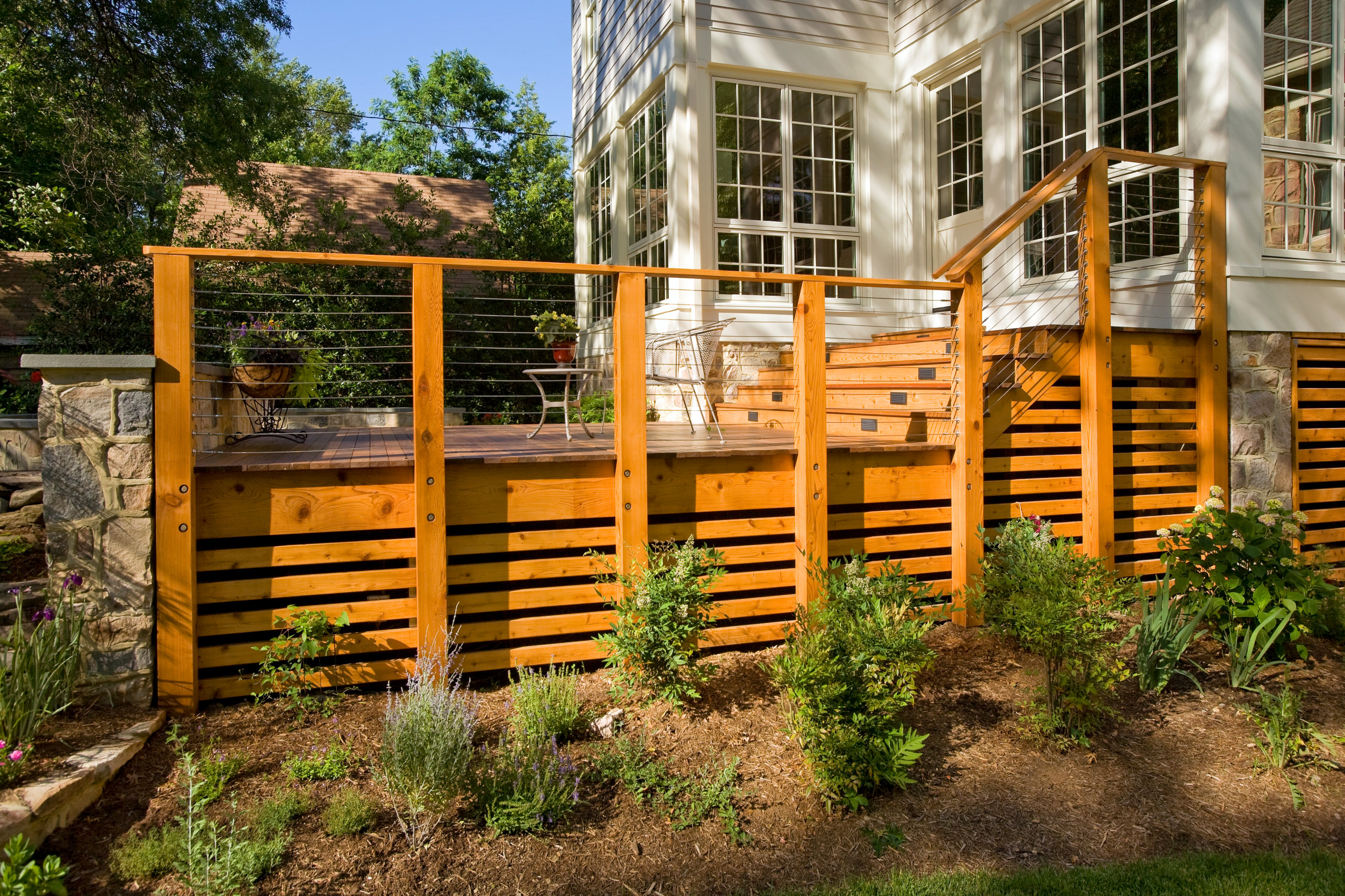Deck Underpinning: Strengthen and Support Your Deck’s Foundation
Deck underpinning is a critical process for reinforcing and stabilizing the foundation of your deck. This technique involves adding additional support to the deck’s structure to ensure it remains secure and level, especially when dealing with issues related to settling, shifting soil, or structural weakness. Whether you’re experiencing problems with your deck’s foundation or want to proactively enhance its stability, underpinning can provide the necessary reinforcement.
What is Deck Underpinning?
Deck underpinning involves strengthening the deck’s foundation by extending or adding to the existing support system. This may include reinforcing the existing footings, adding new piers or supports, or improving the soil conditions beneath the deck. The goal is to ensure the deck remains stable and level, even in the face of changing environmental conditions or structural issues.
Why it’s Important
- Preventing Structural Failure: Over time, decks can suffer from structural issues due to shifting soil, erosion, or inadequate initial support. Underpinning addresses these issues by providing additional support, reducing the risk of collapse or significant damage.
- Correcting Uneven Decking: If your deck is showing signs of unevenness or sagging, underpinning can help level it out by stabilizing the foundation. This ensures a smooth, safe, and aesthetically pleasing surface.
- Improving Safety: An unstable or shifting deck can pose serious safety risks, including the potential for accidents or injuries. Underpinning enhances the safety of your deck by reinforcing its foundation and preventing dangerous movement.
- Enhancing Longevity: By addressing foundational issues early, underpinning helps extend the life of your deck. This proactive approach prevents further deterioration and minimizes the need for costly repairs or replacements in the future.
- Increasing Property Value: A well-supported deck not only enhances the safety and functionality of your outdoor space but also adds value to your property. Potential buyers will appreciate the investment in a stable, secure deck.

Signs Your Deck Needs Underpinning
- Cracks in the Deck Surface: Visible cracks or gaps in the deck surface can indicate that the foundation is shifting or settling. Underpinning can address these issues and prevent further damage.
- Uneven or Sloping Deck: If your deck appears uneven or has noticeable slopes, it may be a sign that the foundation is failing. Underpinning can help restore levelness and stability.
- Shifting or Wobbling: Decks that wobble or shift when walked on may have issues with their support system. Reinforcing the foundation through underpinning can stabilize the deck and improve its safety.
- Visible Foundation Damage: If you notice cracks, bulges, or other signs of damage in the deck’s foundation or footings, underpinning may be necessary to address these structural problems.
- Water Damage: Prolonged exposure to moisture can weaken the foundation and support structures of your deck. Underpinning can help mitigate the effects of water damage and prevent future issues.
The Process
- Assessment: The first step in deck underpinning is a thorough assessment of the existing foundation and support system. This helps identify areas that need reinforcement and any underlying issues that need to be addressed.
- Soil Testing: If soil conditions are contributing to the foundation problems, soil testing may be conducted to determine the best approach for stabilization. This may include improving soil drainage or adding structural supports.
- Design and Planning: Based on the assessment, a plan for underpinning is developed. This plan may include adding new piers, reinforcing existing footings, or installing additional supports.
- Installation of Supports: New supports or piers are installed as per the plan. This may involve excavating around the foundation, placing new piers or footings, and ensuring they are properly aligned and secured.
- Reinforcement of Existing Structure: The existing foundation is reinforced to ensure it can handle the additional support. This may include adding structural braces, shoring up weakened areas, or reinforcing footings.
- Final Adjustments and Inspection: Once the underpinning work is complete, the deck is inspected to ensure it is level and stable. Final adjustments are made to address any remaining issues and ensure the deck is fully supported.
Choosing the Right Underpinning Solution
- Concrete Piers: Concrete piers are a common choice for underpinning due to their durability and strength. They provide solid support and are resistant to moisture and shifting soil.
- Steel Piers: Steel piers offer high strength and are often used in areas with challenging soil conditions. They provide excellent support and can be adjusted as needed.
- Helical Piers: Helical piers are screw-like devices that are installed into the ground to provide support. They are effective in a variety of soil conditions and can be installed with minimal disruption.
- Foundation Plates: Foundation plates can be used to distribute weight evenly and provide additional support to the existing foundation. They are often used in combination with other underpinning methods.
Secure Your Deck with Professional Underpinning
Deck underpinning is a vital step in ensuring the safety, stability, and longevity of your deck. By reinforcing the foundation and addressing any structural issues, you can prevent further damage and maintain a secure outdoor space. Trust in professional expertise to carry out underpinning effectively, providing you with peace of mind and a well-supported deck.

